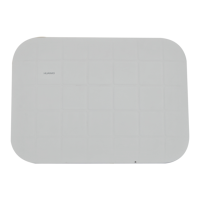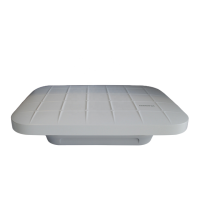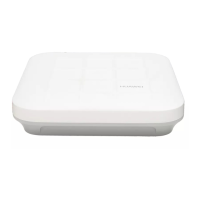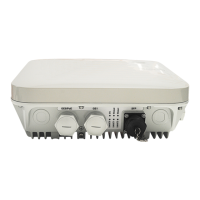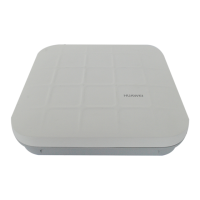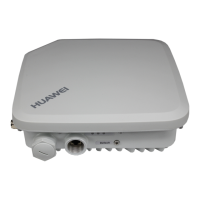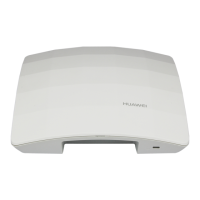Huawei AP4030DN
Hardware Installation and Maintenance Guide
Huawei Proprietary and Confidential
Copyright © Huawei Technologies Co., Ltd.
Therefore, the information in Area 1 at one end is the same as the information in Area 2 at the
other end of the cable. In other words, the local information at one end is called the opposite
information at the other end.
Precautions for Using Engineering Labels
When using labels, pay attention to the following points:
When printing, writing, or attaching labels, keep the labels clean.
Since the label paper is made of moistureproof and waterproof material, ink-jet printers
and ink pens are forbidden for printing and writing labels.
Labels should be attached tidily. New-type labels are L-shaped. If they are pasted at
incorrect locations or in wrong directions, the appearance of the device is affected.
Power cable ties should be attached in the same positions on power cables, with
identification plates on the same side.
The positions of "up", "down", "left" or "right" are all based on the viewpoint of the
engineering person who works on the label.
5.4.2 Engineering Labels for Optical Fibers
These labels are affixed to the optical fibers that connect the optical interfaces on the boards
in a chassis, or on the device boxes. There are two types of labels for optical cables:
One is for the fiber that connects the optical interfaces on two devices.
The other is for the fiber that connects the device and the ODF.
Labels for the Optical Fibers Connecting Devices
Meaning of the Label
Table 5-22 lists information on both sides of the labels affixed to the optical fibers that
connect two devices.
Table 5-22 Information on labels affixed to the fiber between two devices
M: The cabinet rows from front to back are numbered
from A to Z.
N: The cabinet columns from left to right are numbered
from 01 to 99.
For example, A01 is the cabinet in Row A and Column
01.
Numbered in bottom-up order with two digits, for
example, 01.
Numbered in the top-down and left-right order starting
from 01. For example, 01 is the slot with number 1.
D: optical
interface
number.
Numbered in a top-bottom and left-right order,
consistent with the port sequence number on the
device.

